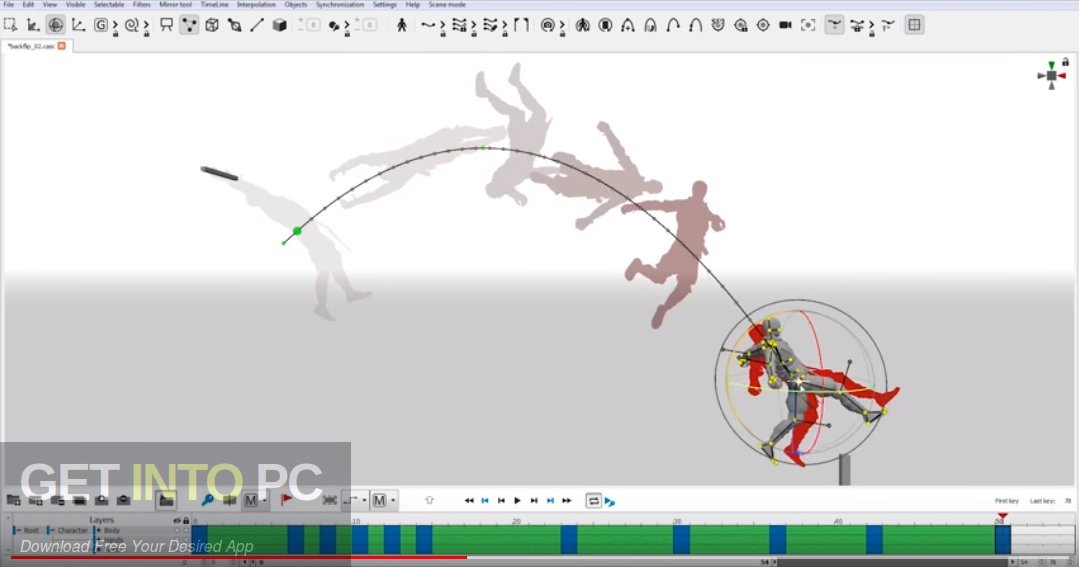
For the first heart, Loewi stimulated the vagus nerve, which was known to slow the heart rate when stimulated. In 1921, he came up with an experiment that would prove chemical transmission occurred. The person who would finally settle the debate was a German pharmacologist named Otto Loewi. With the technology of the time, there was no easy way to determine which method neurons used. But certain chemicals could achieve similar effects. It could have been entirely electrical, since electrical impulses could cause cell firing and responses like muscle contraction. But researchers weren’t sure how the signals crossed the synapse. How exactly did the idea come about? By the 20th century, scientists knew that the nervous system was comprised of neurons and that there were gaps between them.

4.2.2 Norepinephrine, Epinephrine, and Dopamine.4.1.4 How Drugs Alter NeurotransmissionĤ.2 Neurochemical Transmitters and Receptors.4.1.1 The Discovery of Neurotransmitters.Just like the chapter on the nervous system, many terms are introduced that will be used throughout the course, so make sure to practice and test yourself until you are comfortable with the terminology. We will then cover a number of neurotransmitters and receptors to see examples of what effects they can have on human functioning. In this chapter, we will explore the process of neurotransmission, including how it was discovered, how it works, and how drugs can interact with the process.

The focus of this chapter is on these chemicals-what they are, how they are released, and how they can alter cell physiology. At the end of the chapter, we briefly mentioned how a single neuron can transfer a signal to a postsynaptic neuron by releasing certain chemicals into the synapse. In the previous chapter, we learned how electrical signals called action potentials propagate through neurons.


 0 kommentar(er)
0 kommentar(er)
